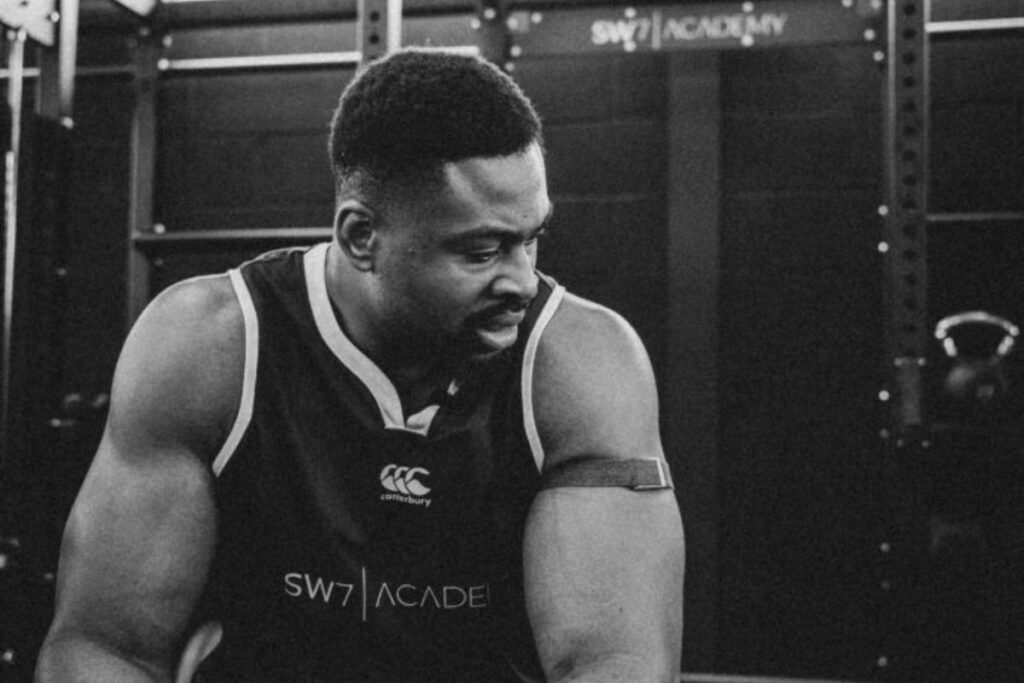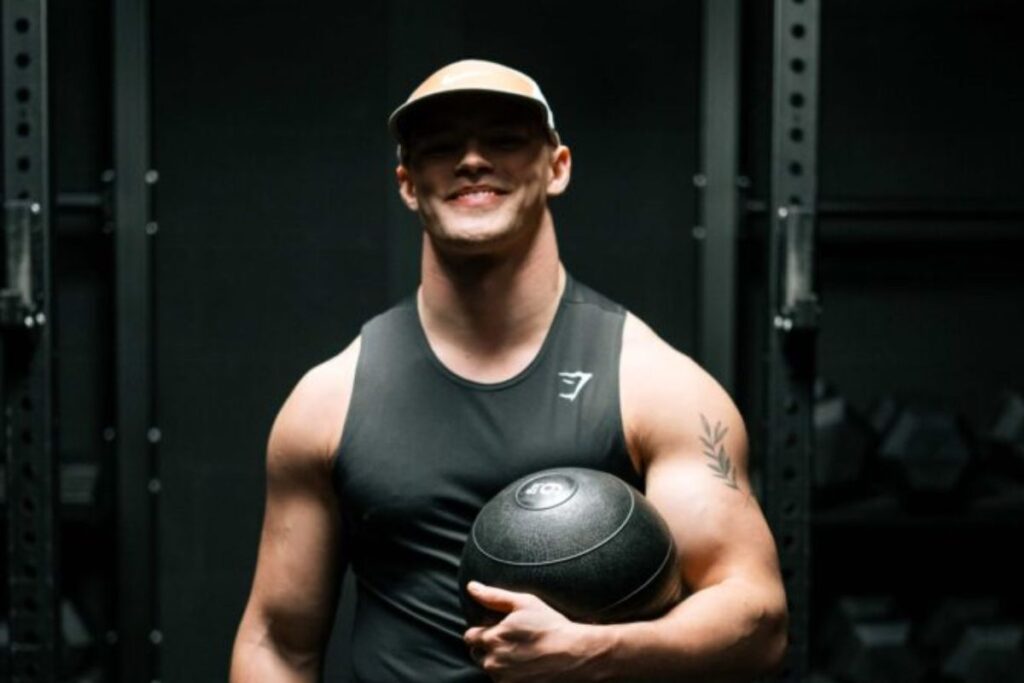In rugby, where power, contact, and collisions are part of every game, developing strength in every part of the body is essential, not just the obvious ones like legs, core, and shoulders, but also the often-overlooked neck.
Athletes must be prepared for the demands of the sport from every angle, literally. Whether you’re pushing in the scrum, tackling, or absorbing contact, neck strength is key to both performance and long-term injury prevention.
Why Neck Strength Matters in Rugby
The neck plays a crucial role in stabilising the head and spine during impact. Insufficient neck strength can increase the risk of rugby neck injuries, including:
- Concussion
- Whiplash
- Cervical spine injuries
Research has shown that stronger neck muscles can reduce head acceleration during contact. Indeed, every 1-lb (0.45 kg) increase in neck strength has been linked to a 5% reduction in concussion risk, helping to lower the severity of head impacts
Key Positions Where Neck Strength Is Vital:
While all rugby players can benefit from stronger neck muscles, it’s especially critical for front-row forwards who face constant physical pressure in scrums and close-contact situations.
- Loosehead Prop
- Hooker
- Tighthead Prop
These positions require robust neck and upper body strength to withstand the forces involved in scrummaging and contact.

How to Strengthen Your Neck for Rugby
Incorporating neck-specific exercises into training can make a huge difference. Here are some proven rugby neck strengthening exercises:
- Neck Isometrics:
Pushing the head gently into resistance in all directions (front, back, sides) without actual movement builds stability. - Neck Flexion & Extension:
Using resistance bands or bodyweight to move the head forward and backwards. - Lateral Neck Strengthening:
Moving the head side-to-side against controlled resistance. - Neck Harness Work:
Using a weighted harness to build dynamic neck strength in multiple planes.
Tip: Start light. Neck muscles are sensitive and can take time to adapt. Prioritise control, range of motion, and gradual loading.

Injury Prevention: More Than Just Strength
Building neck strength is part of the puzzle, but to truly protect against injury:
- Focus on mobility (a stiff neck can be as risky as a weak one)
- Include postural exercises to strengthen the entire kinetic chain
- Develop reactive strength to cope with unexpected collisions
Measuring Neck Strength with Technology
One of the challenges in the past has been quantifying neck strength accurately. This is where tools like Remaker’s VBT tech come in. Using force measurement, athletes can objectively test and track neck strength over time, helping coaches tailor programmes to the individual needs of each player.
At SW7, we’ve started integrating neck strength testing into our performance assessments using Remaker’s technology, giving our athletes real data to guide their development. (Check out the video of one of our coaches testing his own neck strength here 👇
What’s the Optimal Neck Strength for Rugby Players?
There’s no one-size-fits-all number, but for front-row players, higher strength outputs are essential. While general benchmarks vary, elite front-row players often demonstrate significantly higher isometric neck strength than backs or non-contact athletes.
- Example guideline: Front row players should aim for 1.5–2 times their bodyweight in isometric strength, depending on position and level.
By measuring regularly, players and coaches can set specific targets that are both realistic and progressive.

Final Thoughts
Neck strength in rugby isn’t just an “extra” – it’s a performance essential. It’s about:
✔ Reducing injury risk
✔ Improving contact performance
✔ Building complete athletic resilience
By combining smart training, innovative tech, and athlete-first programming, rugby players are able to unlock their full potential, safely and sustainably.
Want to Take Your Performance to the Next Level?
Email us at [email protected] to learn more about our performance testing, coaching programmes, Remaker Tech and how we’re helping rugby athletes dominate safely.
